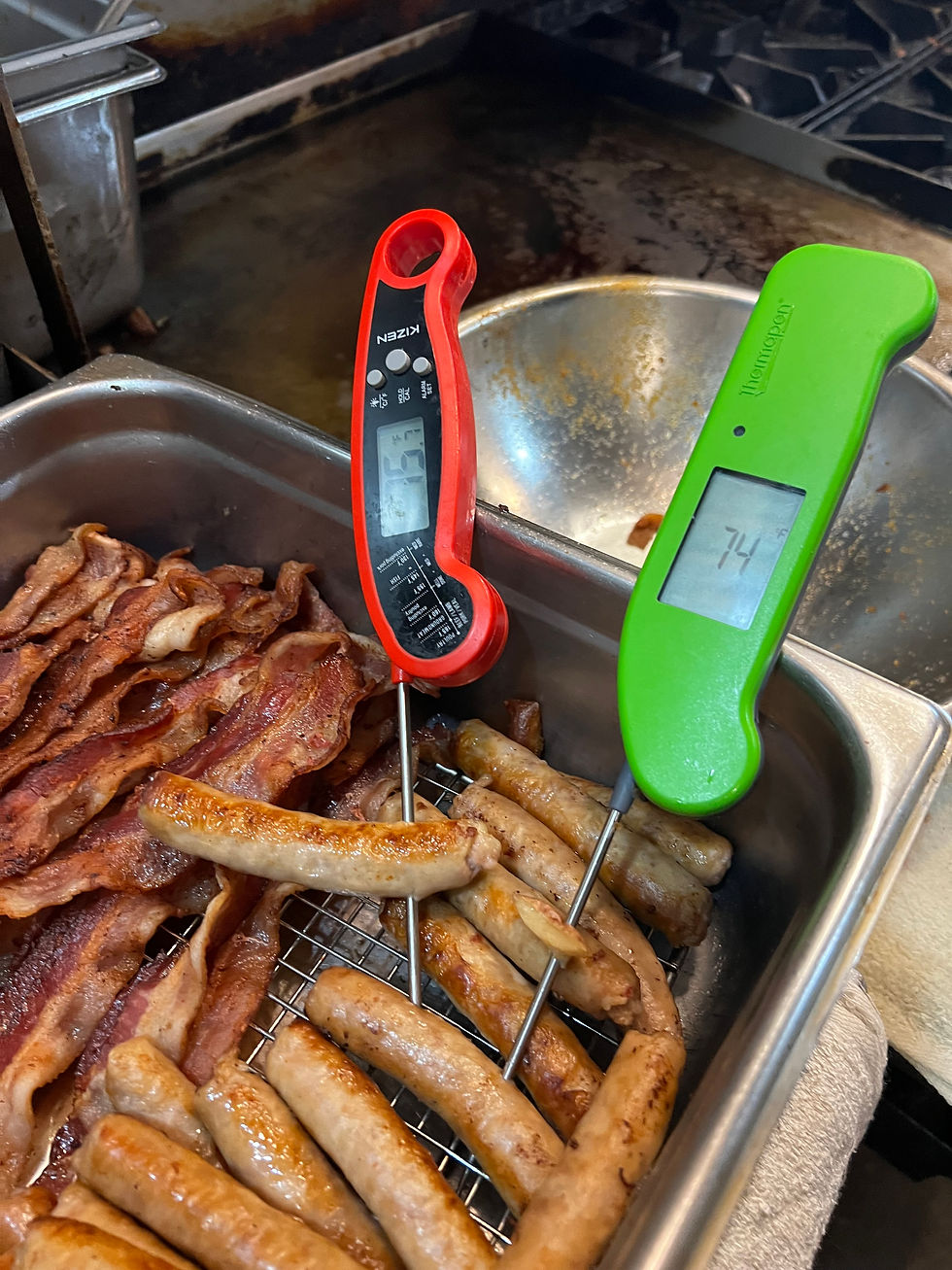Wild Mushrooms & Truffles - Buying from a Private Harvester
- mcfoodsafety
- Jul 30, 2019
- 2 min read
Updated: May 31, 2020
The Pacific Northwest is a haven for mushroom and truffle lovers. They can signify the change of the seasons on your menu; morels for spring, chanterelles for fall, lobster mushrooms for summer and hedgehogs for winter. Fresh Oregon black truffles will be found in the winter and white truffles can be found in the winter and spring.

Truffles are underground growing versions of mushrooms. They have no prominent stem and their spore surfaces are on the inside. It takes animals to find and eat them to distribute their spores, instead of the wind like mushrooms. Truffles resemble small potatoes, and often between the size of a marble and a golf ball. Truffles are only the “fruit” of the fungus the main body is a web of filamentous hyphae in the soil that are connected to the roots of trees, these are essential to the trees so they can acquire nutrients. The below ground fruiting habit of truffles is thought to be an adaptation to forest fires, drought, and frost.(Source)

There are many sources for these delicacies including commercial and private sellers. Read on to discover what you need to know if buying from a non-commercial source.
You may see wild mushrooms at a farmers market or you may even have a local picker show up at the back door. Can you buy them from these independent sources? Sure… but you will need to get specific information from a private grower/gatherer and provide a consumer advisory on your menu stating they are from an uninspected source.
If purchasing from a private harvester, you must have them fill out a Wild Mushroom Buyer Verification form. Some of the required information includes the person’s name and contact information, qualifications and training for identifying mushrooms, and the scientific and common name. You need to keep this document for 90 days after serving the last mushroom, just like shellfish tags.
The food establishment that sells, uses or serves mushrooms picked in the wild shall ensure the mushrooms are conspicuously identified by a label, placard, or menu notation that states: (1) The common and usual name of the wild mushroom; and (2) The statement “Wild Mushrooms: not an inspected product”.
There are 5000 species of mushrooms in North America, many of which have never been tested for toxicity. If a food establishment chooses to sell wild mushrooms they must ensure that they are obtained from a safe source and document it.



Comments